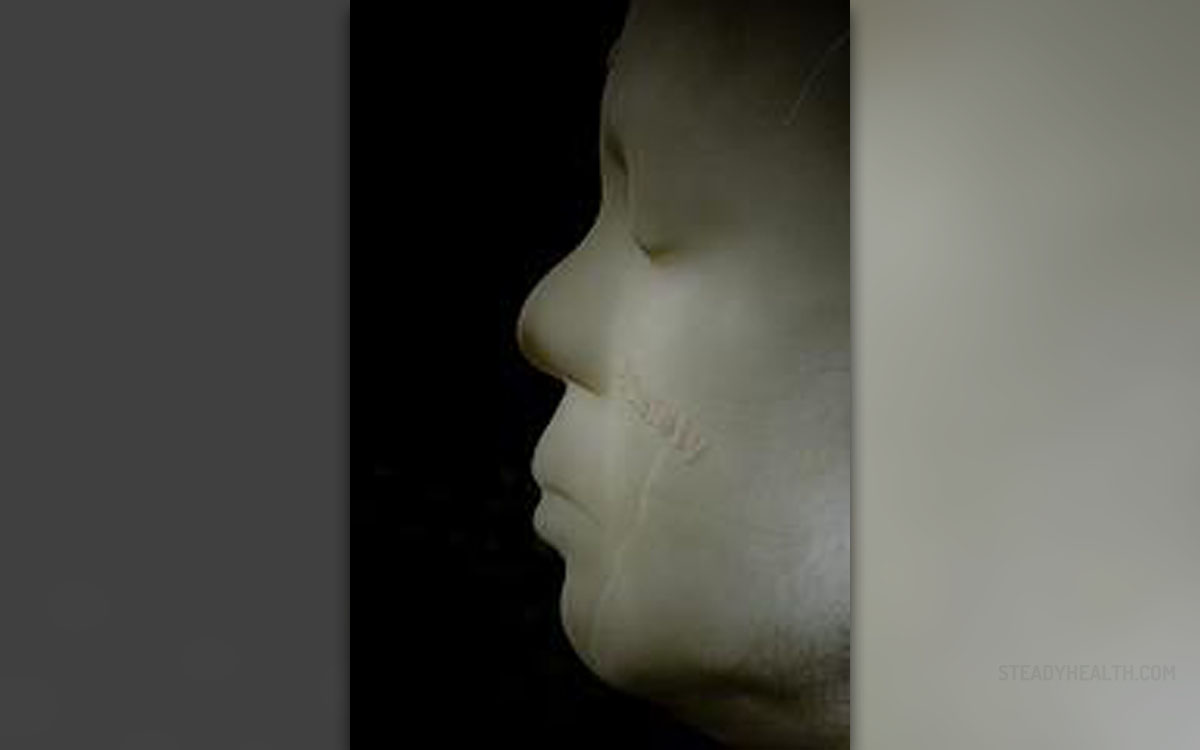
Overview of Post-Traumatic Stress Disorder
Post-Traumatic Stress Disorder is a subtype of anxiety disorders which is characterized by an exposure to a traumatic event which subsequently leads to the development of adverse symptoms. Anything from being directly involved in or witnessing a natural disaster, abuse, injury, or death can qualify as a traumatic event. A stress response to a traumatic event is more prevalent and less severe as the post-traumatic stress disorder. The most common symptoms of the disorder include persistent flashbacks, insomnia and related sleep disturbances, and avoidance of any stimuli associated with the trauma. In order for an individual to qualify for a clinical diagnosis the symptoms have to interfere with everyday functioning as well as last for more than 30 days. The DSM IV-R is the manual used to diagnose the post-traumatic stress disorder, which has only formally been recognized as a psychological disturbance in 1980. Prior to 1980, the symptoms of post-traumatic stress disorder had been identified in war veterans. If left untreated, or if an individual is constantly exposed to traumatic events, the disorder can escalate and significantly interfere with normal functioning. When it comes to prevalence, in the US less than 10 percent of individuals will develop the disorder in their lifetime. On the other hand, victims of sexual abuse and war veterans have a much higher prevalence rate of anywhere between 10 to 30 percent. Many studies have found that ethnic minorities are more prone to developing post-traumatic stress disorder, but experts caution against jumping to quick conclusions as ethnic minorities are also more exposed to traumatic events. Currently, around 5 million individuals in the US are affected by the PTSD, with women being much more prone to it than men. When it comes to the younger population, almost 50 percent of children and teenagers experience a traumatic event while about 6 percent of boys and 15 percent of girls subsequently develop the post-traumatic stress disorder. Various types of traumatic events pose different risks for children. Witnessing an act of violence is the least likely event to lead to the development of PTSD while being sexually abused or witnessing a parent being murdered always produced the symptoms of post-traumatic stress disorder.
PTSD Comes After Psychological Trauma
Many experts postulate that the post-traumatic stress disorder is caused by either the psychological or the physical distress, but more likely by the combination of the two factors. Research has also shown that the disorder is more commonly induced by events produced by people, such as sexual assault or war rather than by natural disasters. Various events can be implicated in the development of PTSD such as witnessing substance abuse, illness, an automobile accident, or assault of a close family member or a friend. Children can develop post-traumatic stress disorder after prolonged bullying. Parents with post-traumatic stress disorder are likely to negatively influence their child’s response to traumatic events as well as inappropriately include the child in their own dealing with the problem. In addition, many studies have shown that if the symptoms are left untreated in the childhood, it is highly probable that they will continue well into adulthood. Further, many evolutionary psychologists look for similarities in the behavior between primates and humans, and state that our responses to traumatic events correspond to those of other mammals. Interestingly, events that have been present during the evolution of mammals, such as a forest fire, are much less likely to induce the symptoms of the PTSD than instances characteristic of modern day and age, such as modern warfare. Moreover, when an individual is faced with a traumatic event a larger than normal dosage of adrenaline is produced. Subsequently, an individual is more prone to hypersensitivity in other fearful situations. Further, low levels of cortisol are also observed in people suffering from PTSD, which is contradictory to the levels of cortisol in the fight-or-flight response seen in the general population. Many experts believe that individuals who are more prone to developing PTSD have inadequately learned to process fear and as a result are hypersensitive to traumatic situations. In addition, those who already produce relatively low levels of cortisol are more likely to suffer from post-traumatic stress disorder. It should be noted that there have been many inconsistencies in the neurobiological research of the post-traumatic stress disorder.
Do Genes Have Anything to Do With PTSD
There has been substantial scientific evidence suggesting that the predisposition for post-traumatic stress disorder is genetically passed between family members. For instance, monozygotic twins fighting in Vietnam were more likely to develop the symptoms of the disorder than dizygotic twins. In addition, some single-nucleotide polymorphisms collaborate with traumatic experiences during childhood to subsequently lead to post-traumatic stress disorder symptoms in adulthood. The SNPs have been previously connected to peritraumatic dissociation, which was in and of itself considered a cause of PTSD.


-Causes,-Symptoms,-Diagnosis-And-Treatment_f_280x120.jpg)














Your thoughts on this
Loading...